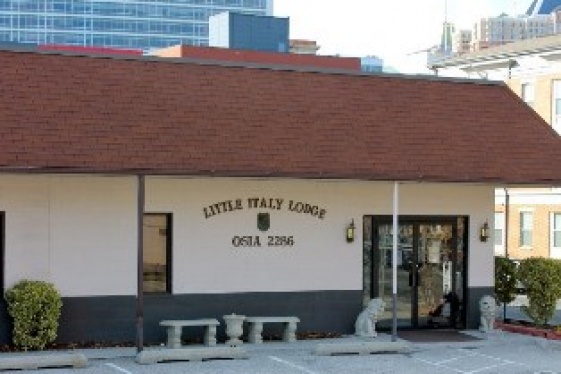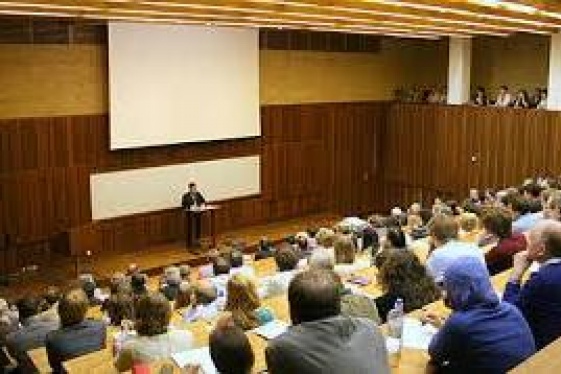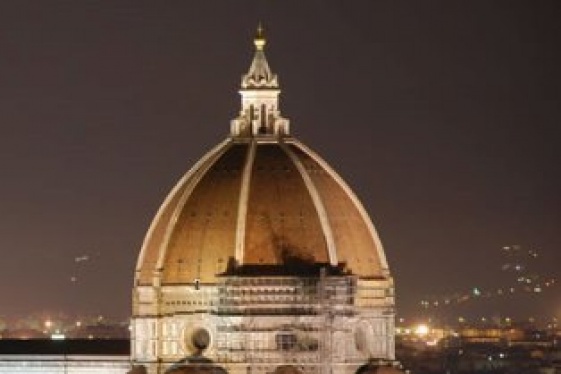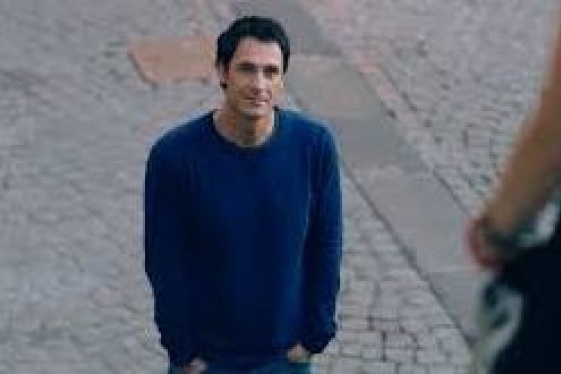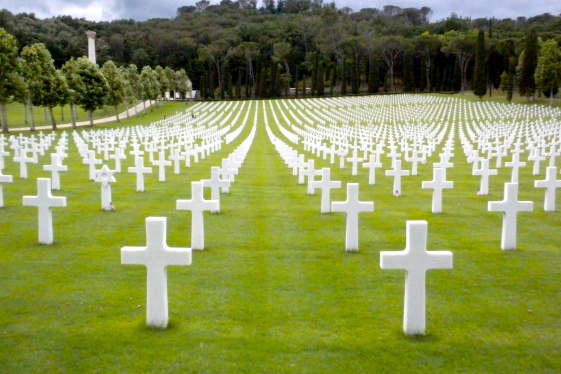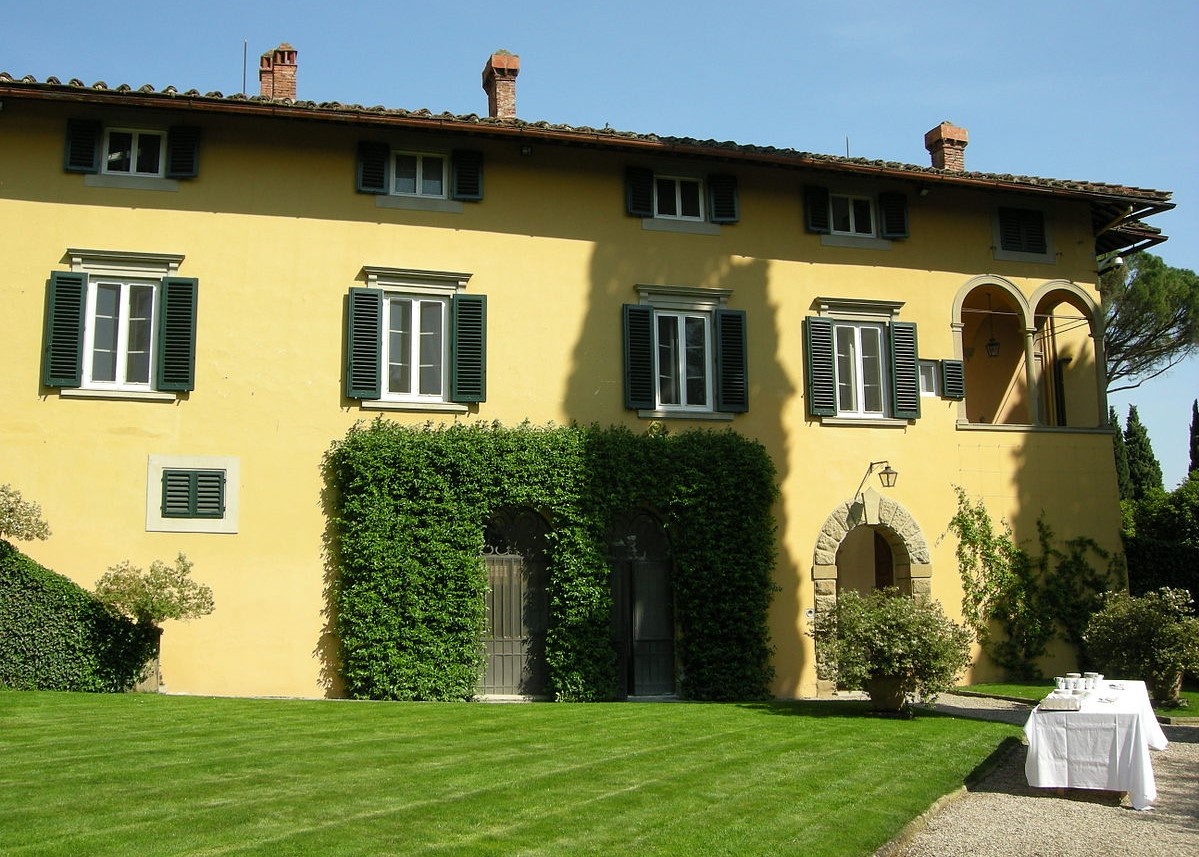

We owe the Italian Renaissance picture more than the ideal human figure. Experiments in figuration, whether they involve contour or sfumato, cannot exist without ground, here understood in three senses of the word: first, the preparation of a given support (such as a gesso ground on panel); second, the plane on which figures stand; and third, the field in and against which figuration occurs.
Grounds register significant transitions in painting practice over time, such as the adoption of canvas and stone supports, or the passage from gold ground to landscape and architectural views, and beyond that, to the darkened or opaque grounds of Baroque tenebrism. And yet, this groundwork, however much it competes for our attention, rarely informs our thinking about the Renaissance picture.
SOURCE: http://itatti.harvard.edu
You may be interested
-
2015 scholarship competition
The La Famiglia Scholarship committee is pleased to announce the financial aid competition...
-
Emanuele: cervello d'Italia al Mit di Boston
Si chiama Emanuele Ceccarelli lo studente del liceo Galvani di Bologna unico italiano amme...
-
Italian Americans media and beyond: between...
The Department of Italian invites you to a lecture by Fulvio S. Orsitto who is an Associat...
-
Italian world language teacher 2015-2016
FRAMINGHAM PUBLIC SCHOOLS - JOB DESCRIPTION TITLE: World Language Teacher - Italian...
-
Lecture and Concert that bring Italy to New...
Saturday, february 28 - 7 pm ESTChrist & Saint Stephen's Church - 120 W 69th St,...
-
'Buongiorno Papà' vince Nice Festival Usa
'Buongiorno papà' di Edoardo Leo, film sui quarantenni single in Italia, interpretato da R...
-
'Christmas I Remember Best': The Italian ceme...
Years ago our family spent an idyllic summer in beautiful Florence, Italy, the heart of Re...



